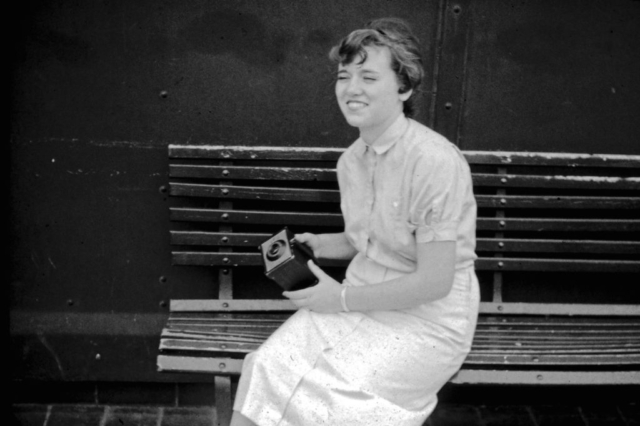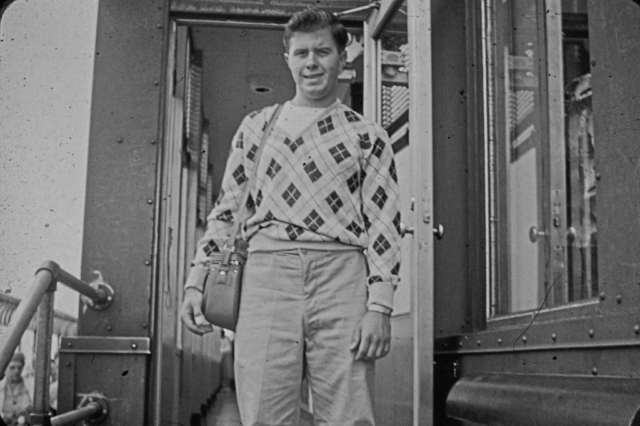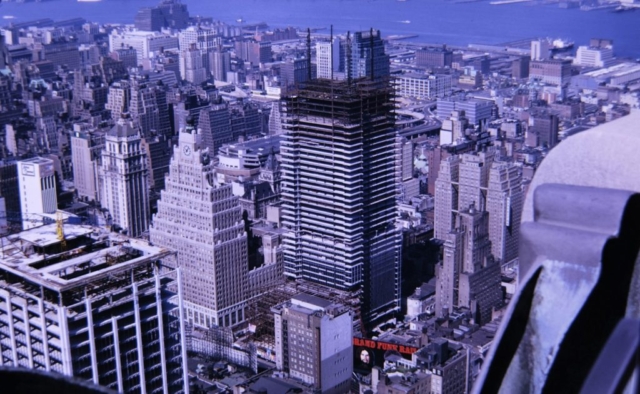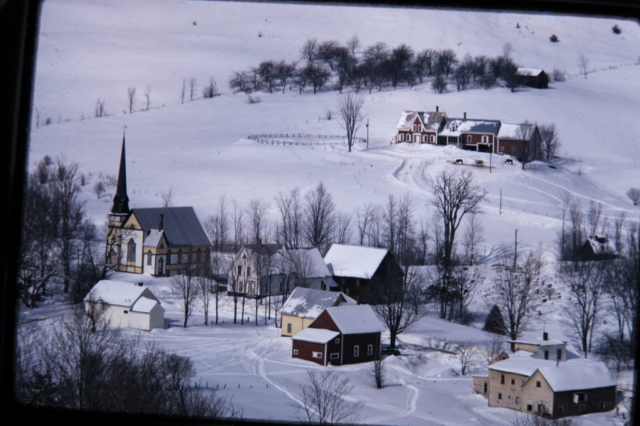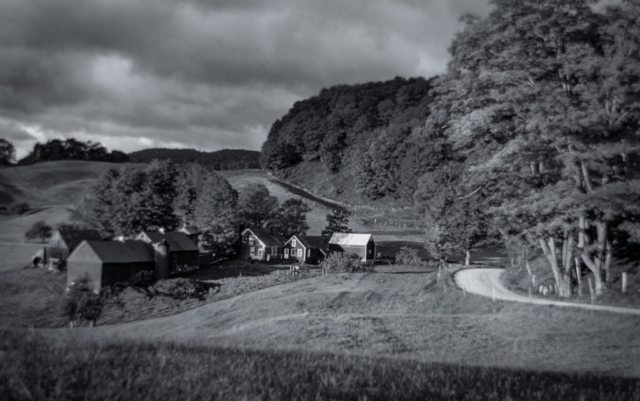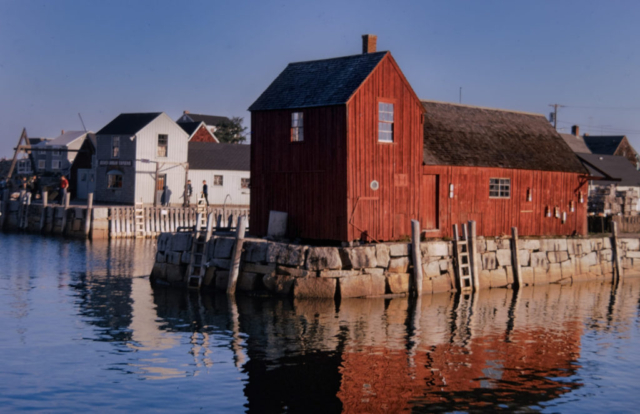
Slides, scanning, where to begin?
Boxes and boxes of 35mm slides and negatives… In a previous post I wrote about the binders full of 35mm photographs I was working my way through. In this post, I will focus a bit on the method and some of the best practices I used to get the job done.
My parents both enjoyed taking photographs. My father would be considered a professional amateur. He loved shooting his Nikons – landscapes, wildlife, sports, concerts, and family. His shots won piles of ribbons and awards in local photography shows. My mother enjoyed travelling and travel photography, as well as the backyard wildlife.
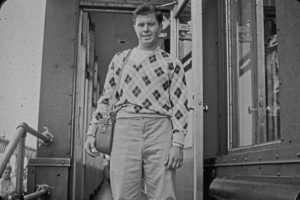

Hardware and software
Pouring through the boxes of slides I realized I needed to find a way of speeding up the process of digitizing them, while maintaining a high level of output file. After watching loads of videos and reading about different methods, I purchased a Wolverine scanner. It made the process easy, but the quality wasn’t as good as I was looking for. I ended up looking at slide adapters for my Fujifilm mirrorless camera. Before making the purchase I created my own out of cardboard and duct tape…hey, it worked!
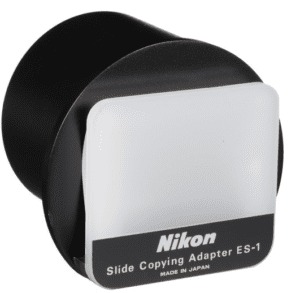
With a 1:1 macro lens on my camera and the slide adapter mounted I had the hardware ready. Just point this towards a diffuse light source, in my instance a lamp with a white bulb and a softbox screen over the front to spread the light out, and you are off to the races.
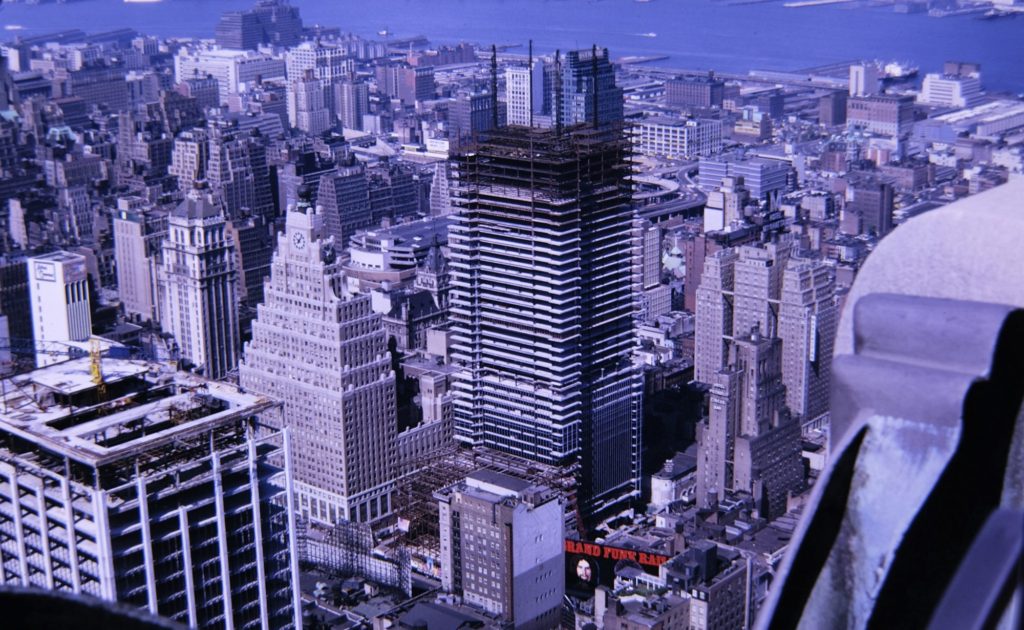
I wanted these images to require as little editing as possible. Blowing off the dust with a rocket dust removal blower helped. For any other touchups I used ON1 Photo RAW, for deeper edits I went with Photoshop.
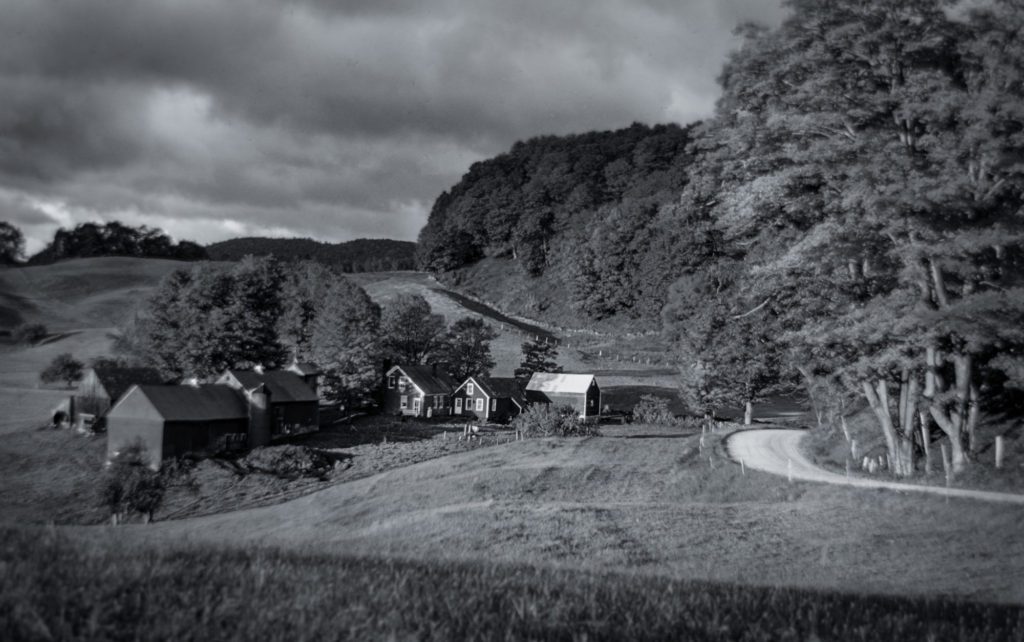
Best Practices and such…
Wearing gloves when handling old slides and negatives will keep the oil from your fingers from getting on the slides. The blower definitely helped cut down on future edits of dust and stuff on the scanned image. If your local library has a “Library of Things” rentals, see if they have any scanners . That could save a few bucks and get you rolling.
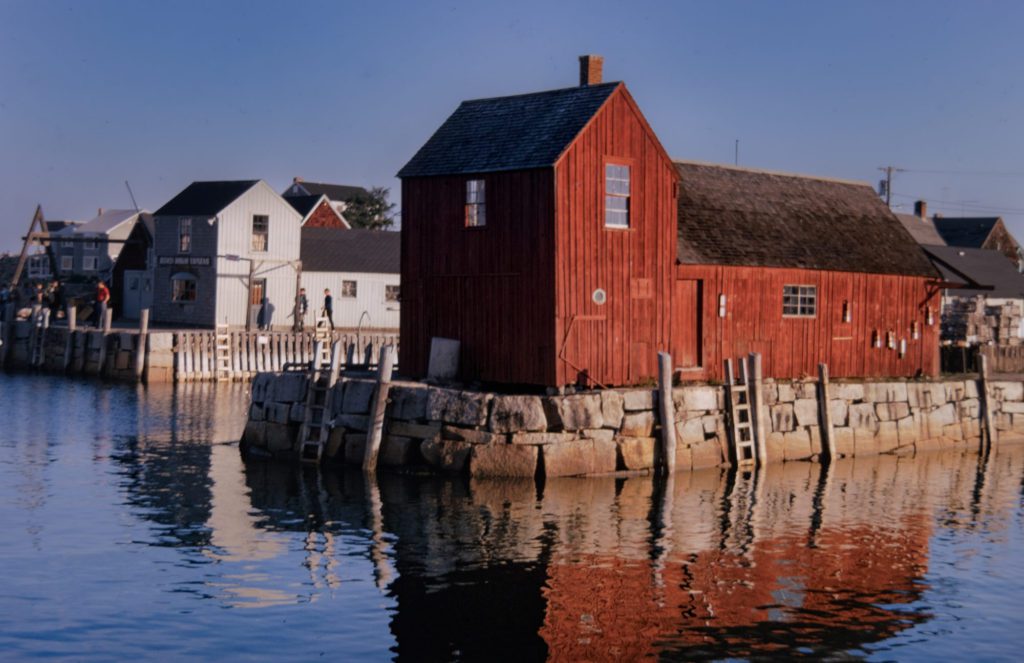
Are you interested in purchasing a print? click here

Contact us for information on how Robbins Drones can help serve you.

